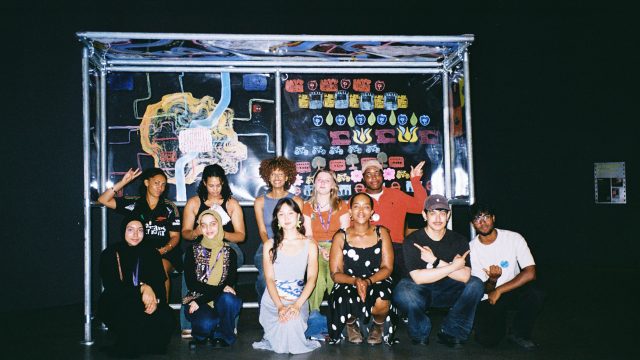
Applying for jobs can be a challenging process but breaking it down into manageable steps can make all the difference. After writing and marking hundreds of applications in my career here’s how I approach it, from understanding the role to nailing the personal statement and completing the application form.
Step 1: Understand the role and application process
First, figure out how you will apply. Some employers want a CV and cover letter, while others use an online portal. Whichever method, check early to avoid frustration from forgotten passwords or software issues. Don’t forget to verify if there’s a word or character count, so you don’t end up rewriting your application at the last minute.
Next, research the employer. You don’t need to dive into every detail, but you should get a sense of their values, benefits and working culture. Make sure they align with what matters to you. Remember, the application process isn’t just about them picking you – you’re also deciding if they’re the right fit for you.
When you get to the job description (often called the JD), really take the time to read it. Scribble notes, highlight transferable skills, and flag any areas where you’re unsure or need more experience. A good JD breaks down the role into sections like admin or project delivery, which helps you see how your skills fit in.
Finally, carefully read the person specification or requirements. This part, usually at the end of the JD, tells you exactly what they’re looking for. You should match each requirement with examples from your own experience. Even if you don’t meet everything perfectly, focus on transferable skills and demonstrate your willingness to learn.
Step 2: Write a killer personal statement
Start by making bullet points responding to the key criteria in the person specification, with examples from your work, education, or life experience. If you don’t quite meet a requirement, highlight transferable skills or show your willingness to train and adapt. Remember, employers are looking for specific examples against each criteria. You will likely get more marks if your example shows you exceed the requirement, so give a good level of detail and don’t sell yourself short.
Use your introductory paragraph to explain what drew you to the role and the organisation. This demonstrates that you understand the job and share their values. Finish the statement by reinforcing your enthusiasm and suitability for the position.
And while AI tools are great, it’s important to make sure your personal statement is in your own voice. Don’t rely on AI to do the work for you – you want to show your individuality, experience and how you’ve engaged with the role. Employers appreciate seeing that you’ve really put in the effort.
Step 3: Don’t forget the final details
Once the personal statement is done, the rest should feel straightforward. Fill in your personal details last, as this part requires less brain space.
When detailing your past work experience, tailor it to the new job’s requirements. For example, if budget management is part of the new role and you’ve done that in the past, mention it. The goal is to show how your past roles have prepared you for this one.
For education, don’t limit yourself to formal degrees. Include any relevant informal or in-house training to show that you’re committed to ongoing development.
Lastly, give yourself time. Finish your application, sleep on it, then review it the next day with fresh eyes. Ask a friend to check it over for feedback before making any final tweaks. That extra day can make all the difference in catching mistakes or adding polish before you hit send.
To see what roles we’re recruiting for at V&A East, head to our vacancies page.



Excellent advice Laura!
Oh Laura! I’m wanting to apply for your Creative Studio role and this is a goldmine of advice. thank you!
Thank you so much for all these precious pieces of advice! I am always afraid of being too repetitive or sound to robotic by reusing words from the JD, but now I can see how it actually benefits me to do so. (:
Do you have any advice for people with disabilities applying for roles?
Would you recommend they use AI if they struggle with dyslexia (this can be a disability depending on the severity)?
A similar document for people with disabilities would be interesting.
This is incredibly useful! Thank you for the insights, Laura.